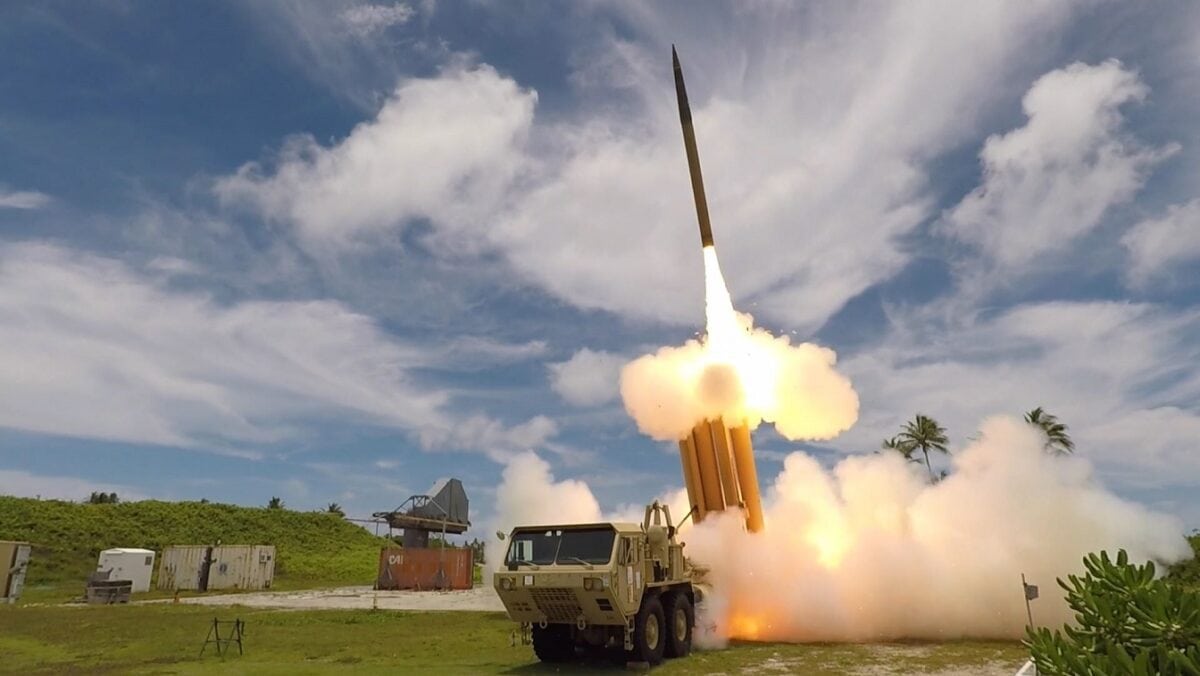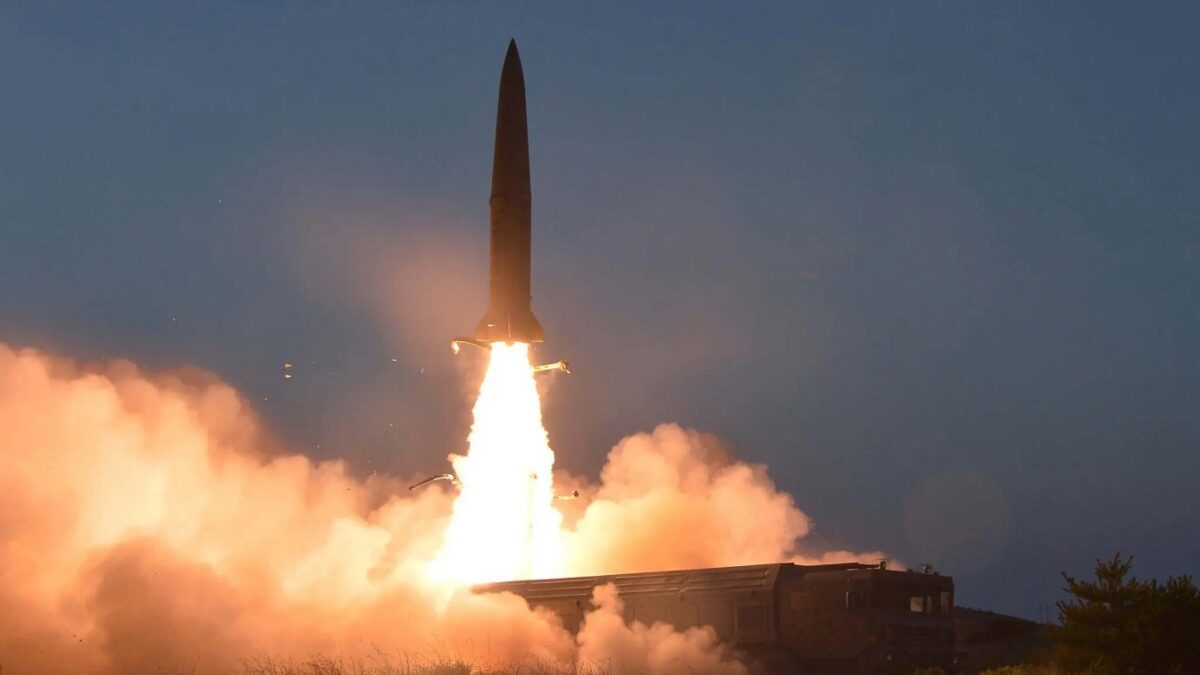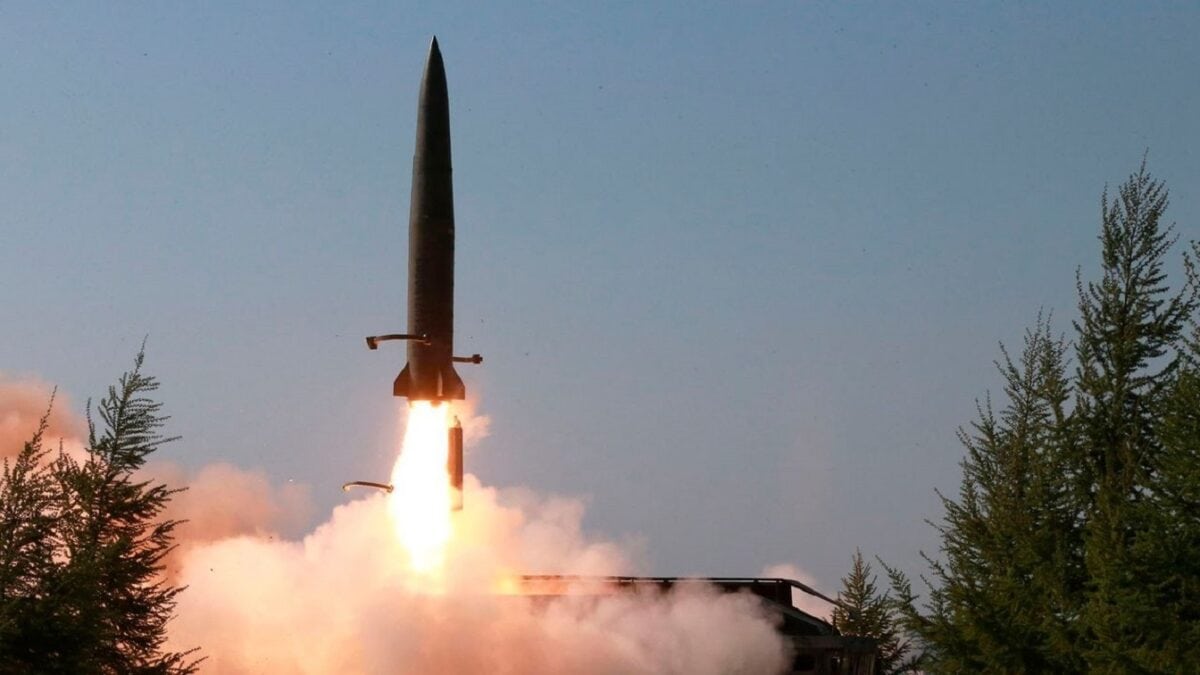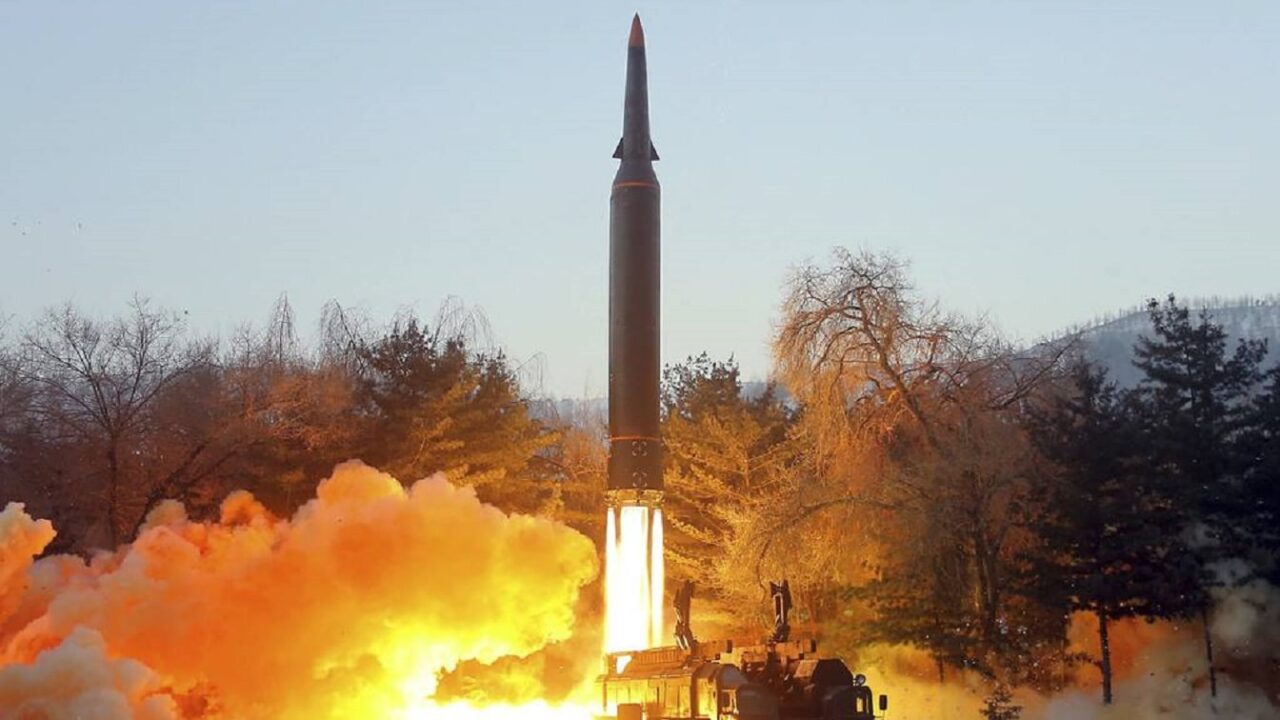South Korea’s Debate over Preemption is the Inevitable Result of North Korea’s Rapid Missilization – As a presidential candidate, South Korean President-Elect Yoon Seok-Yeol suggested that South Korea might need to preemptively strike North Korea because of its spiraling missile development. This was criticized as provoking the very conflict it seeks to avoid. Obviously, no one but the most belligerent hawks seeks confrontation with North Korea. A second Korean War would be devasting, which Yoon clearly knows. Instead, Yoon is identifying, correctly, a growing strategic threat to South Korea – one which might become genuinely existential if left unchecked.
The North Korean Missile Challenge:
The conventional inter-Korean stalemate is deadlocked on the ground. In fact, North Korea is gradually losing that stand-off as American and South Korean technological prowess outstrip its large but antiquated conventional forces. The North knows this too. It has therefore invested for decades in nuclear weapons and missiles to deliver them. These capabilities help it level the playing field.
Those investments are coming to fruition. The North probably has around fifty nuclear warheads now. It has many more missiles, probably hundreds. These rockets include intercontinental ballistic missiles to establish direct deterrence with the US homeland. They also include short and medium-range missiles which can strike all of South Korea and Japan, including US bases in those countries and in Guam.
The North has also announced interest in a wide range of adjacent technologies: submarine-launched ballistic missiles, low yield tactical nuclear weapons, rail-mounted launchers, hypersonic missiles, solid-fuel rockets, and so on. It is also suspected of possessing biological and chemical weapons.
In short, the North is building out a full-spectrum missile force, complete with powerful warheads, flexible launch capabilities, and faster, maneuverable missiles. Were the North to use this missile force, even conventionally armed, against the South in a conflict, it would be a potent battlefield tool. And if used against South Korea’s few, highly dense cities, it could throw the country into chaos behind the lines. Indeed, were weapons of mass destruction placed on these missiles, the North Korean rocket force would grow from a strategic to genuinely existential threat to the Southern republic.
Yoon’s answer to this expanding threat is obviously not ideal, but at least he is addressing it, which too much of the North Korea debate in South Korea is not doing. South Korea needs some kind of answer to this growing problem, and the two most obvious alternatives to Yoon’s aggressive proposal also have problems:
Missile Defense: Voters in modern countries often assume their nation has some manner of protection, a ‘roof.’ Missile defense would shoot down enemy rockets. And indeed, the US has multiple missile defense programs, including the controversial THAAD (Terminal High Altitude Area Defense) battery stationed in South Korea. South Korea too has halting sought to deploy a ‘Korean Air and Missile Defense’ system.

THAAD Missile Defense Battery Firing. Image Credit: Lockheed Martin.
These systems are a good start and better than nothing of course. Even if they shoot down only some of North Korea’s missiles, that is a great success, especially if those are nuclear missiles. But missile defense is not mature enough technologically to reckon with dozens or hundreds of inbound tracks. A large Northern strike could simply overwhelm the US and Southern anti-missile systems at present. And missile defense is extremely expensive. The ‘offense-defense balance’ between missiles and missile defense is heavily tilted toward offense (missiles) today and likely will be for another decade or two.
Negotiation: The ideal answer to the North’s spiraling nuclearization and missilization would be a deal with Pyongyang which capped or even rolled back these programs. Indeed, South Korean doves, including current President Moon Jae-In and defeated presidential candidate Lee Jae-Myung, routinely make this argument.
We all hope for this of course, but that is a slender reed against an arguably existential threat. Moon made the most determined outreach to the North in the history of South Korea. He even managed to cajole an American president into meeting a Northern supreme leader, which doves have argued for decades could break the ossified stalemate through dramatic, direct action. Yet nothing came of five years of constant effort; Moon could not even pull a toothless ‘end of war’ declaration out of Pyongyang. More broadly, the US and South Korea have tried for decades – at least since 1992’s inter-Korean declaration to forego nuclear weapons – to tie Pyongyang into binding agreements. The North’s response has frequently been evasive if not mendacious. Relying on a deal and North Korean restraint is hugely risky.

North Korea Ballistic Missile Test. Image Credit: North Korean State Media.

North Korea Ballistic Missile Test. Image Credit: Creative Commons.
Worse, even if we clinch a deal to cut the North’s missiles and nukes, Pyongyang will almost certainly not cut enough to relieve South Korea’s strategic dilemma. The North’s economic backwardness and conventional military inferiority make these weapons so valuable that Pyongyang will almost certainly retain enough of them, despite any negotiation, to credibly deter South Korea, Japan, and the US. ‘Complete, verifiable, irreversible disarmament’ was always a myth, even if the US and South Korea were to make major concessions to get some rollback.
This is a grim outlook. Negotiations may bring some cuts to the North’s missiles and nuclear weapons, but the price would be very high – such as the withdrawal of US forces from South Korea – and Pyongyang would almost certainly not reduce enough to obviate the strategic problem. Or the North would just build more missiles and warheads later. Missile defense too is a mixed response at best. It is better than no roof at all, but it simply cannot defeat as many missiles as the North will field. Indeed, an assured capability to overwhelm missile defense is probably why the North so regularly tests missiles.
Yoon and his team likely know all these arguments. They are likely skeptical of a deal, especially after Moon spent five years reaching for one and failing spectacularly. Nor does Team Yoon likely believe Pyongyang will ever make the scale of cuts necessary. And missile defense’s insufficiencies against a large strike are well-known.
Hence preempting an imminent North Korean launch become a much more attractive option. No one wants this outcome, but South Korea’s foreign policy community, especially its doves, need to work a lot harder on options if it wants to avoid Yoon’s conclusion carrying the debate.
Dr. Robert E. Kelly (@Robert_E_Kelly; website) is a professor of international relations in the Department of Political Science at Pusan National University. Dr. Kelly is a 1945 Contributing Editor as well.

